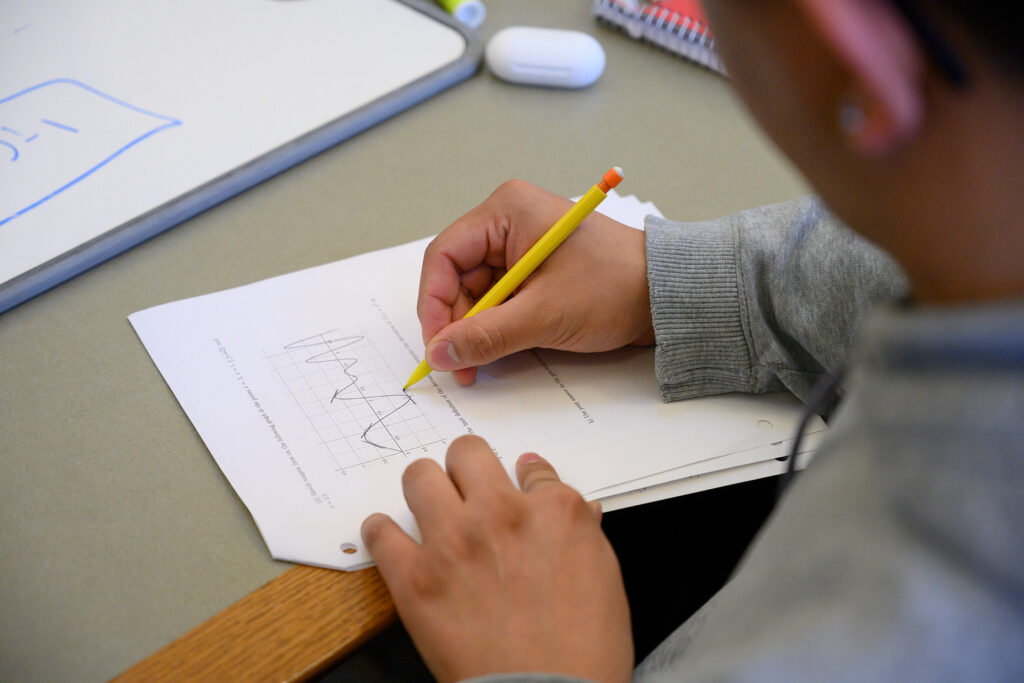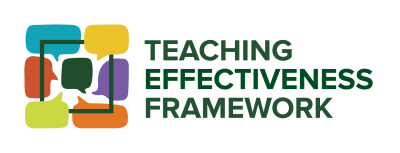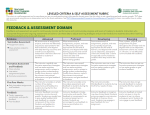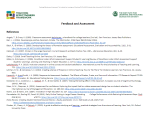Preparing Your Students for Final Exams
Final Exams are stressful to make, to give, to take, and to grade—not to mention, a critical element in the evaluation of students. Typically comprehensive, they carry more weight than mid-terms and other tests given throughout they semester, and provide that “final” opportunity for students to demonstrate what they’ve learned.





